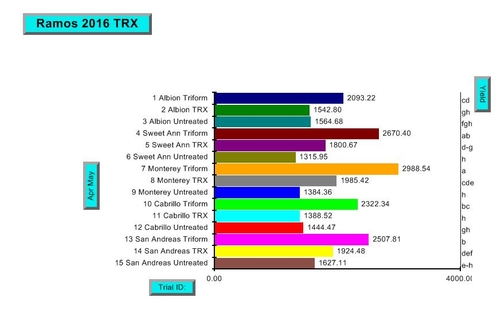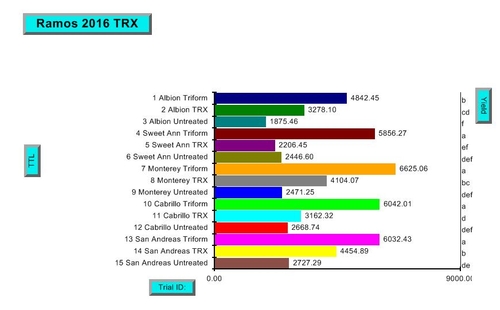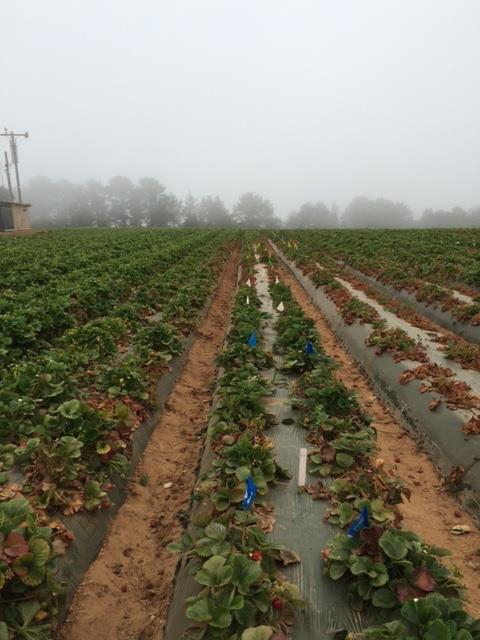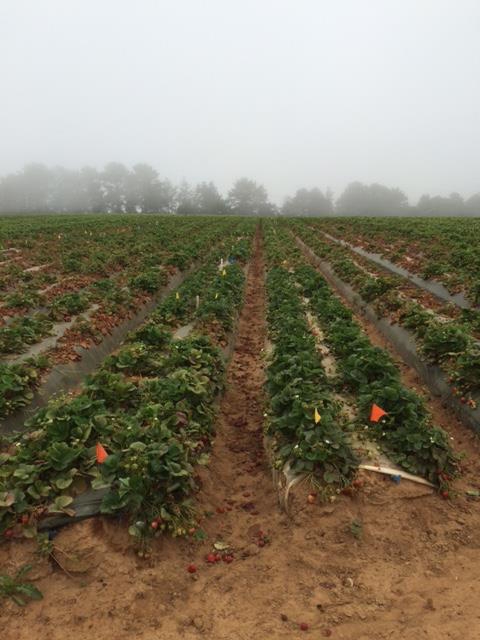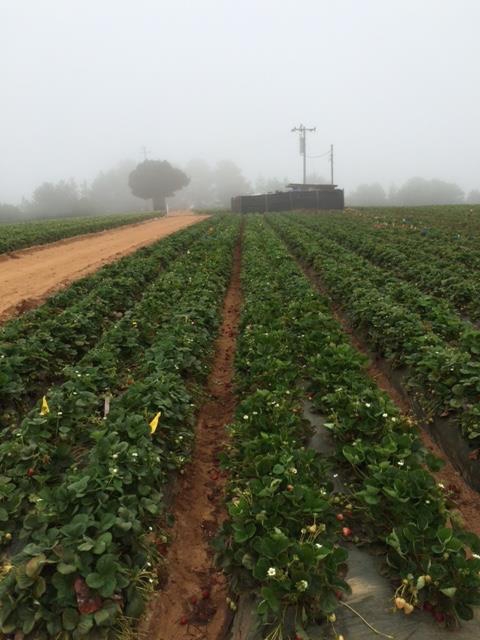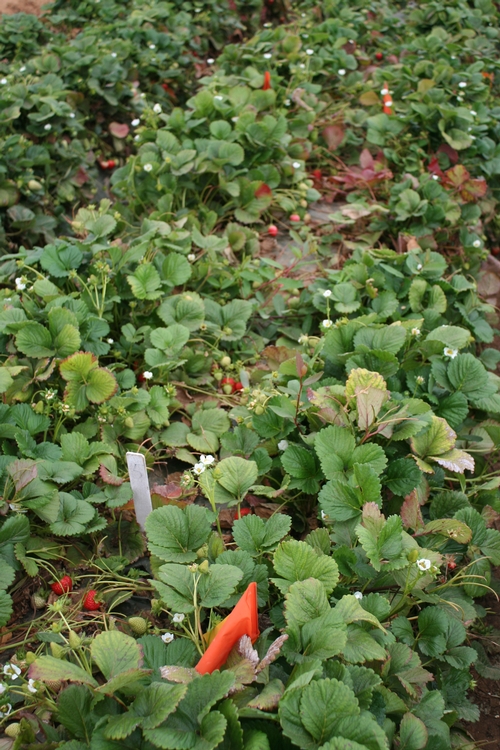
- Author: Mark Bolda
I've been getting some calls as of late concerning the correct soil moisture for growers to have prior to fumigation with chloropicrin, now that fumigation with methyl bromide is no longer an option. Anyway, I checked with a colleague at Trical, who stated that the moisture requirement has definitely not changed, methyl bromide or chloropicrin, and a requirement of 50% or greater available water content in the soil has been in place for a long time.
One of the labels for chloropicrin attached below with specific instructions on soil moisture, see pages 11 & 12.
http://www.cdpr.ca.gov/docs/emon/fumigants/labels/triclor_trical.pdf
Soil moisture prep for fumigation is the same as it always was, end of story.
Also found a pretty nifty pictorial guide put out by the NRCS on estimating soil moisture, including the critical 50% or greater available water content, for different soil types.
Link here:
https://www.nrcs.usda.gov/Internet/FSE_DOCUMENTS/nrcs144p2_051845.pdf
- Author: Mark Bolda
Introduction: With the discontinuation of methyl bromide as a possibility for pre-plant soil fumigation, we at UCCE have been very active in looking for viable alternatives. One alternative, identified by the test name TRX58, having a fairly high vapor pressure and already having certain uses in agriculture, was a good one to try.
Materials and Methods: Work was done in a field known to experience pressure from the plant pathogen Fusarium oxysporum f. sp. fragariae . Application of the test material TRX58 (550 lb per acre) and the grower check of Triform 80 (34 gal per acre) was done on October 5, 2015, shanked in followed by tarping with totally impermeable film (TIF). So as to obtain adequate fumigation and coverage, both the materials were applied in blocks 22 feet wide and 200 feet long with each block replicated twice. Two strips of 11 feet wide were placed between the fumigated plots, designated as untreated checks and not treated.
Planting of the strawberry varieties Cabrillo, Albion, Sweet Ann, San Andreas and Monterey was done on Nov 17. Plots were maintained as any other on the farm with adequate fertility and irrigation. Pick stations of 20 plants per variety x 4 replicates and commencing in April fruit harvest in all plots was done once a week and fruit weighed.
Statistical analysis is as below, and broken up into two halves (April + May) and then also given as a total.
Discussion: Triform 80 is indisputably the better treatment, but it is also indisputable that TRX58 is better than doing nothing, which as one can see from the photos is not wise in this sort of situation. It is also notable that variety such as San Andreas which is known to be "resistant" (actually tolerant is the better word) to Fusarium still loses a little bit more than half of its yield in unfumigated soil. There is a strong case being made here for treatment of soil to maintain good strawberry yields.
A deep bow of gratitude to Miguel Ramos for letting me do this work in his field, to Mark Curtice from Lassen Canyon Nurseries who gave us the plants, and then to Trical who did the fumigation.
People should realize that without the efforts of all these people working together, we would be doing very little novel fumigation research right now.
